Reviewed by Julianne Ngirngir
You're out on a clear night, cranking your shiny new Galaxy S25 Ultra to maximum zoom for one of those jaw-dropping AI-enhanced moon shots Samsung loves to brag about. But instead of that crisp, crater-filled masterpiece, you're getting something that looks like the moon took a dip in grape juice. If that sounds familiar, you're not alone.
What you need to know:
Galaxy S25 Ultra users are reporting a mysterious purple tint plaguing their moon photos while running the One UI 8 Beta
The purple cast is particularly noticeable in night mode shots taken even after just 3 seconds, making photos practically unusable
S25 Ultra owners are also reporting broader camera problems, including overexposed shots and severe color accuracy issues that professional users say make clients think they're selling fakes
Samsung is reportedly aware of the issues and working on a software fix
Beyond the obvious photo quality problems, this issue highlights a deeper tension in Samsung's AI-first camera approach that affects every S25 Ultra owner. At $1,300, users expect flagship performance—but more concerning is what this reveals about Samsung's quality control processes and their aggressive push toward computational photography.
Why Samsung's AI moon detector is throwing a purple tantrum
Let's break down what's actually supposed to happen when you point that 200MP camera at our celestial neighbor. Samsung's lunar detection engine uses AI deep learning to identify the moon and the area it occupies in your frame. The system is impressively sophisticated—it recognizes different moon phases, requires 25x zoom minimum to engage, and even locks focus to infinity while using Zoom Lock to stabilize your shaky hands.
This sophisticated system normally works flawlessly, but the One UI 8 Beta appears to be corrupting the final processing step—specifically during the detail enhancement phase where AI overlays learned moon textures. The camera runs multi-frame processing to synthesize several shots into a single bright, noise-reduced image, then applies its detail enhancement engine. But something's clearly going wonky in that processing pipeline.
The purple tint issue isn't entirely new territory for Samsung, but it's gotten dramatically worse. Testing has shown that the Galaxy S23 Ultra also exhibits this problem, though to a "significantly lesser extent and at lower levels of scene illumination". What's different with the S25 Ultra is that the purple cast has become "directly striking"—essentially impossible to ignore.
Here's where it gets really interesting: Some users discovered that the purple sensor issue might be related to case light refraction, noting that "taking the case off or leaving them on and covering the plastic edges eliminated the purple not just in the live view but post processed photo." The case light refraction finding suggests a hardware-software interaction Samsung's engineers didn't anticipate, where physical light leaks trigger AI processing errors.
The bigger picture: When flagship cameras miss the mark
The moon controversy taps into something deeper about Samsung's camera approach—and it's affecting far more than just lunar photography. These widespread issues suggest Samsung's Scene Optimizer has become overly aggressive, applying AI enhancement even when images don't need processing.
S25 Ultra owners are reporting a comprehensive list of camera problems: blurry photos, inability to read text on signs, colors that "ain't sharp bright as on S24U," and overall image quality that longtime Galaxy users are calling unacceptably poor.
For working photographers, these aren't just quality complaints—they represent a fundamental breakdown in color science that threatens client relationships and professional credibility. One user who's been selling phone photos since the Galaxy S5 days documented chromatic aberration and color noise issues so severe that "every single shot I take is overexposed and the colours appear brighter than they actually are. For example, an object that is solid red will appear to be almost orange! I cannot use the S25 Ultra because clients think I'm selling fakes!"
What's particularly telling is how these professionals are comparing S25 Ultra output unfavorably to older Samsung devices, with multiple users noting that their S21 and S24 Ultra phones produce significantly better color accuracy and overall image quality.
The good news? A YouTube reviewer reported that Samsung is aware of the issues and plans to release a fix. The company has acknowledged camera quality problems and is working on software updates to address the purple tinting and broader image processing issues.
What this means for your next Samsung purchase
Sound familiar? This recurring pattern—impressive hardware undermined by aggressive software—suggests Samsung prioritizes AI showcase features over reliable everyday photography, creating a predictable cycle of launch issues and post-release fixes. The S25 Ultra packs serious camera specs, but the AI scene optimization seems to be working overtime, creating unnatural color shifts that users can partially fix by "disabling Scene Optimizer under Camera Settings > Intelligent Optimization."
PRO TIP: If you're dealing with purple moon shots or other color issues, try turning off Scene Optimizer first—many users report this helps reduce the AI over-processing that's causing these problems.
The S25 Ultra situation highlights a bigger question in smartphone photography: Should AI enhancement prioritize spectacular showcase shots like moon photography, or reliable everyday image capture? Samsung's approach uses "super resolution technology" that synthesizes multiple high-magnification images to create those DSLR-rivaling moon shots, but when the algorithms misfire, you get purple-tinted messes instead of masterpieces.
The return window consideration reveals a deeper question: whether Samsung's AI-first approach aligns with your photography priorities, or if you need more predictable image processing. As one frustrated user put it: "If the fix is unsatisfactory, we should consider returning the device."
For now, Samsung users have a few options: wait for the promised software fix, disable aggressive AI processing, or—if the problems persist—consider that return window while it's still open. The S25 Ultra's purple moon problem perfectly captures the current state of flagship smartphone cameras—incredible potential held back by software that's trying just a little too hard to be helpful.




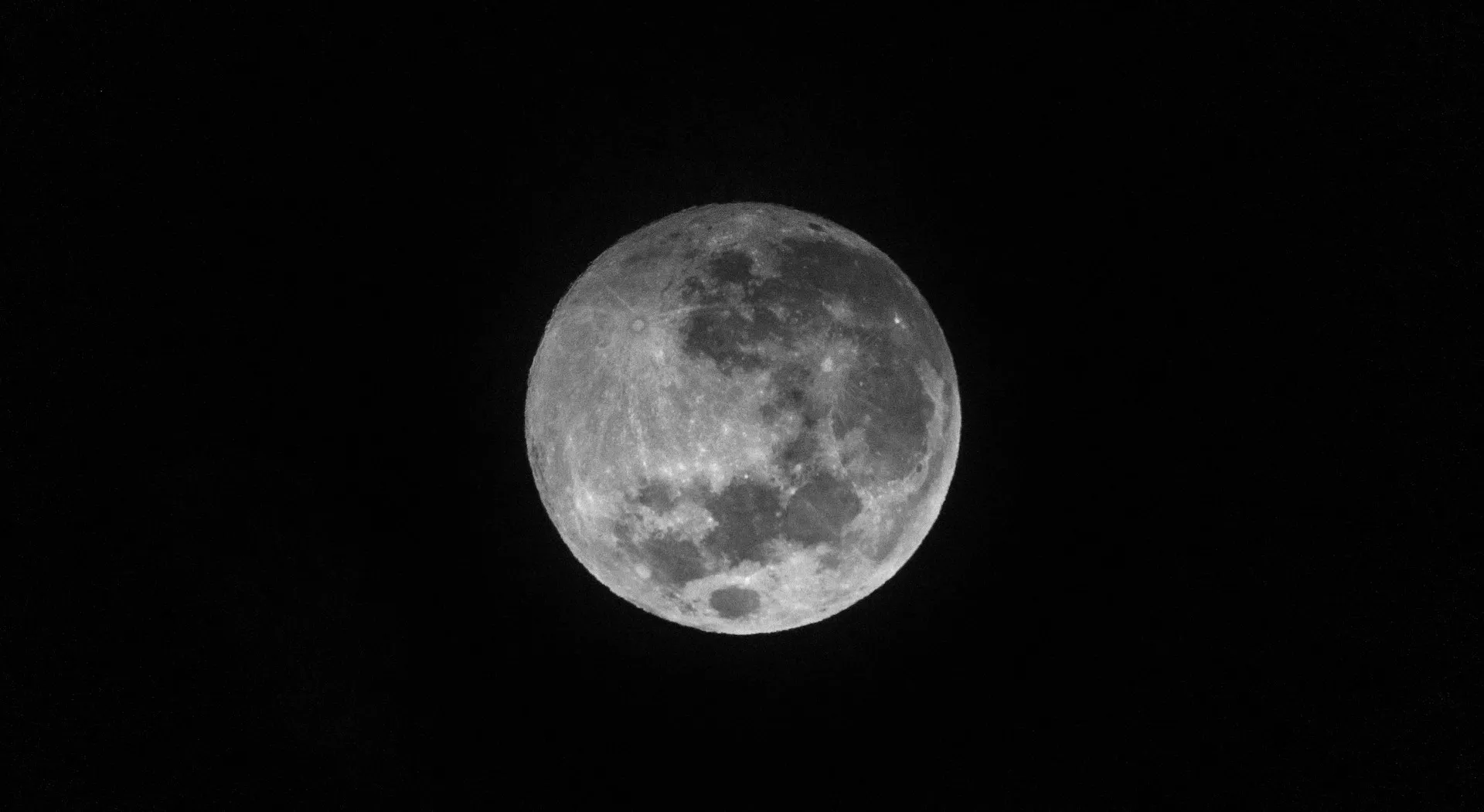
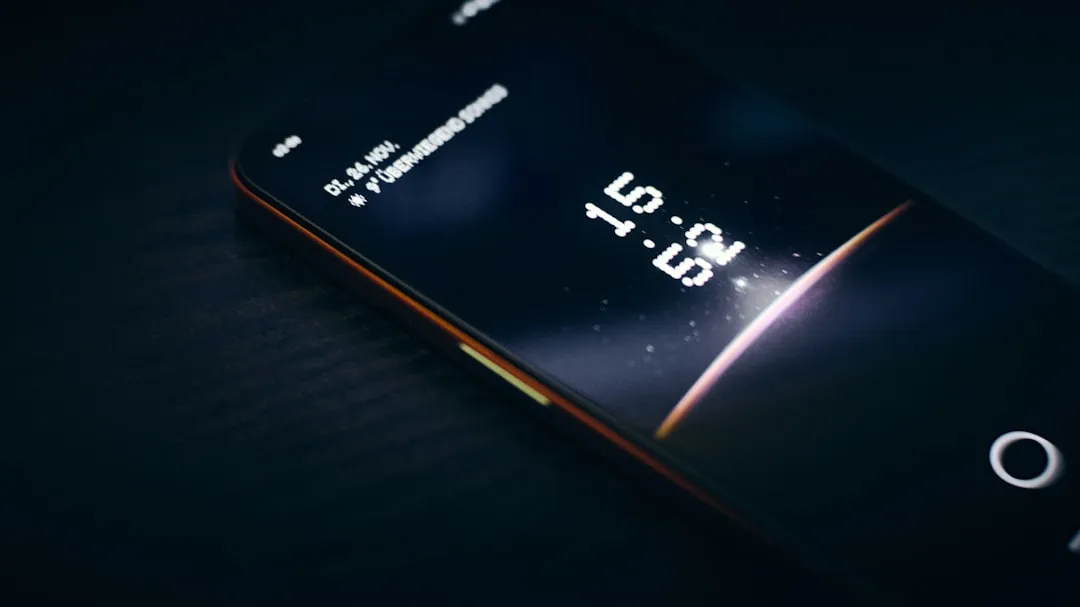
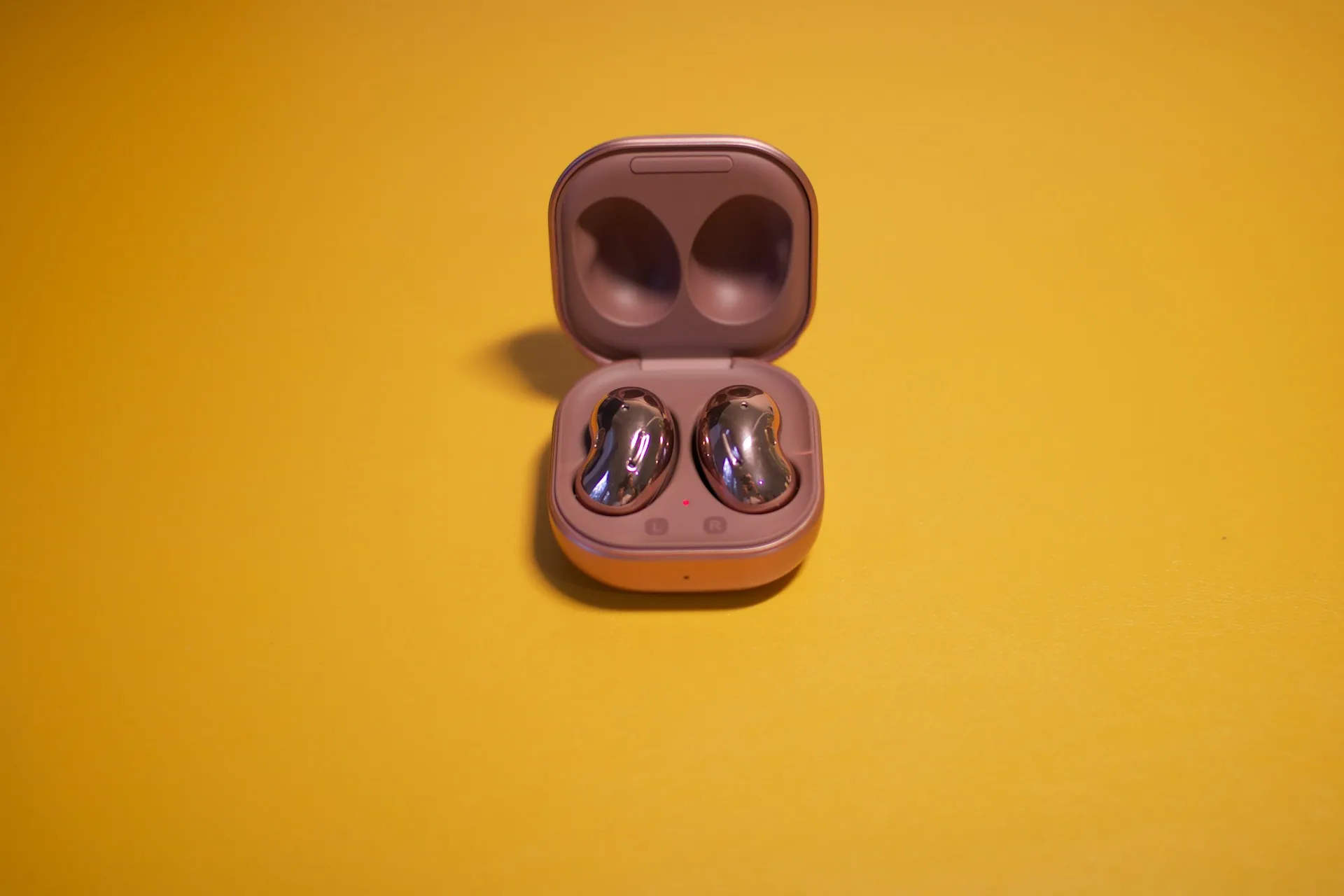
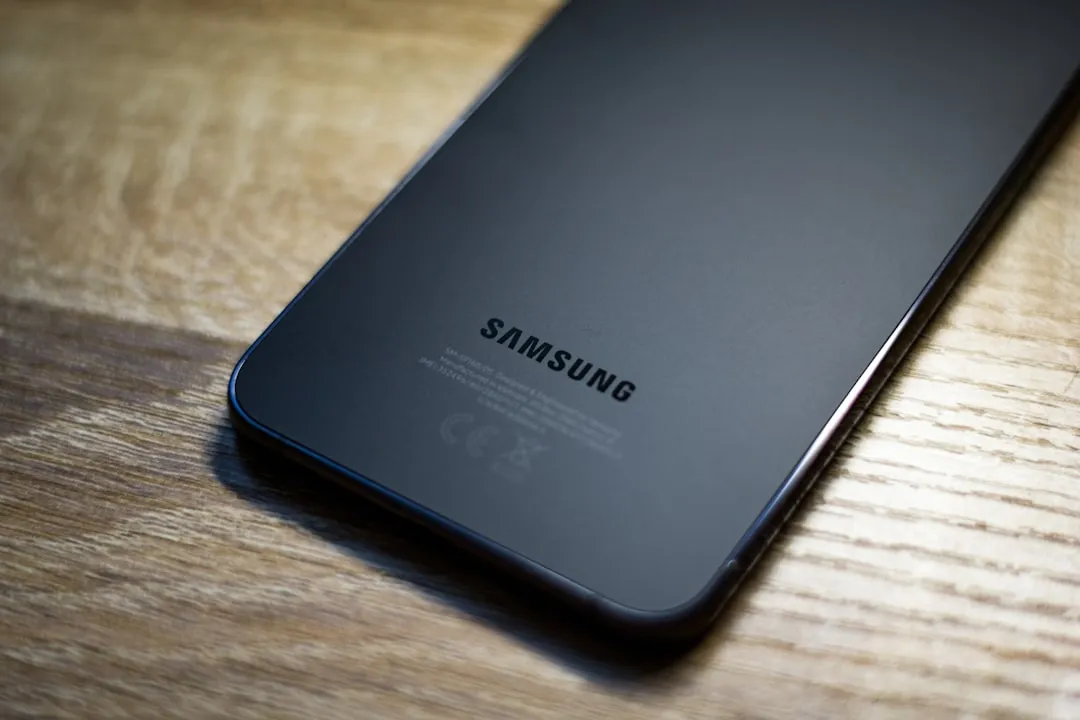
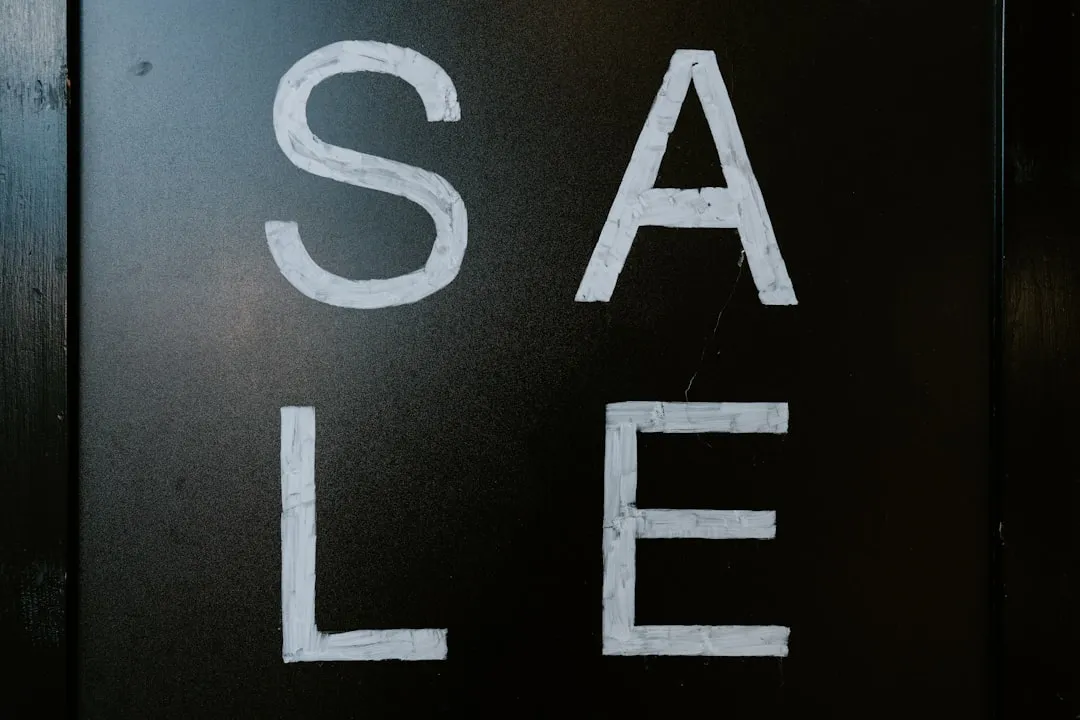
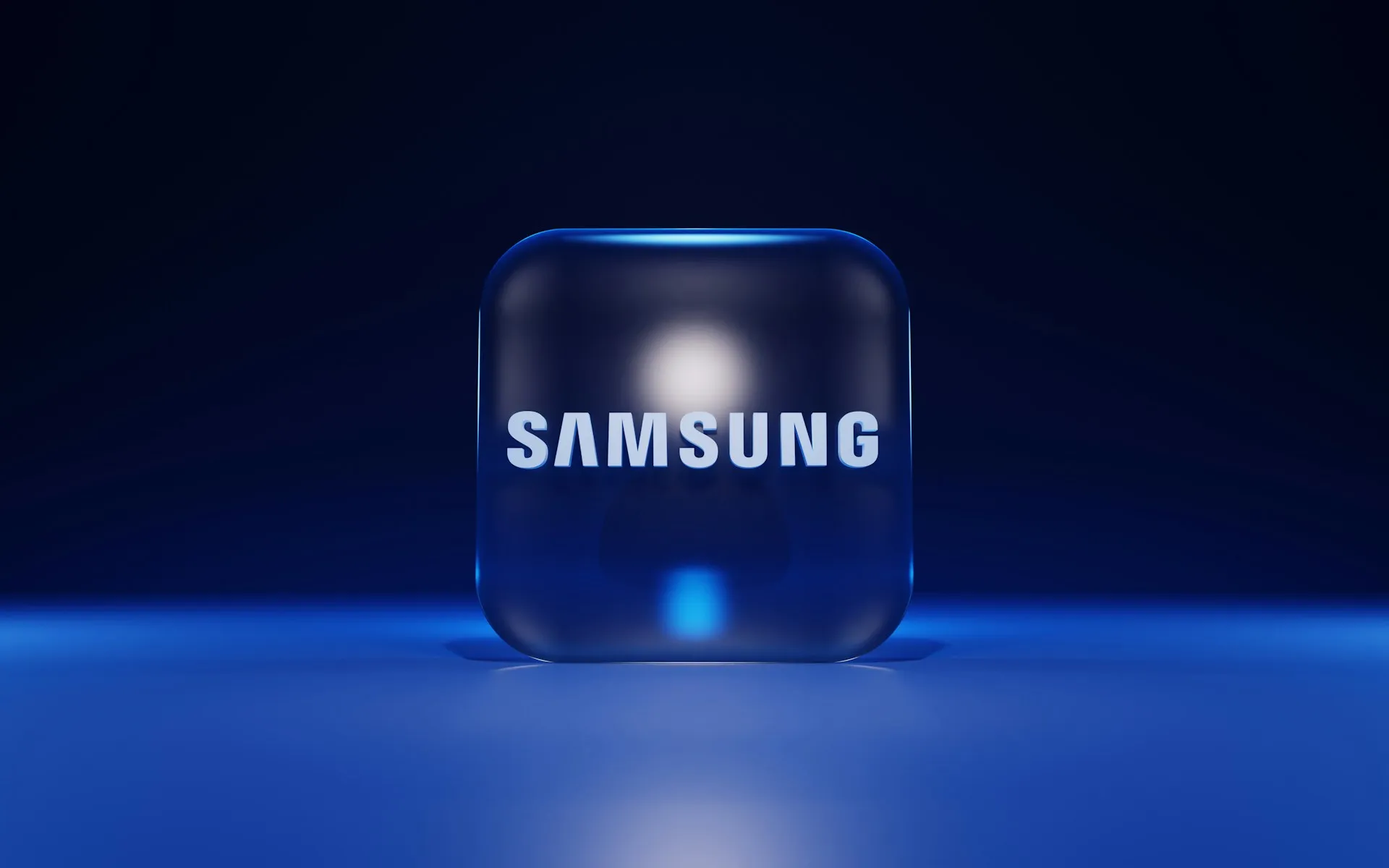
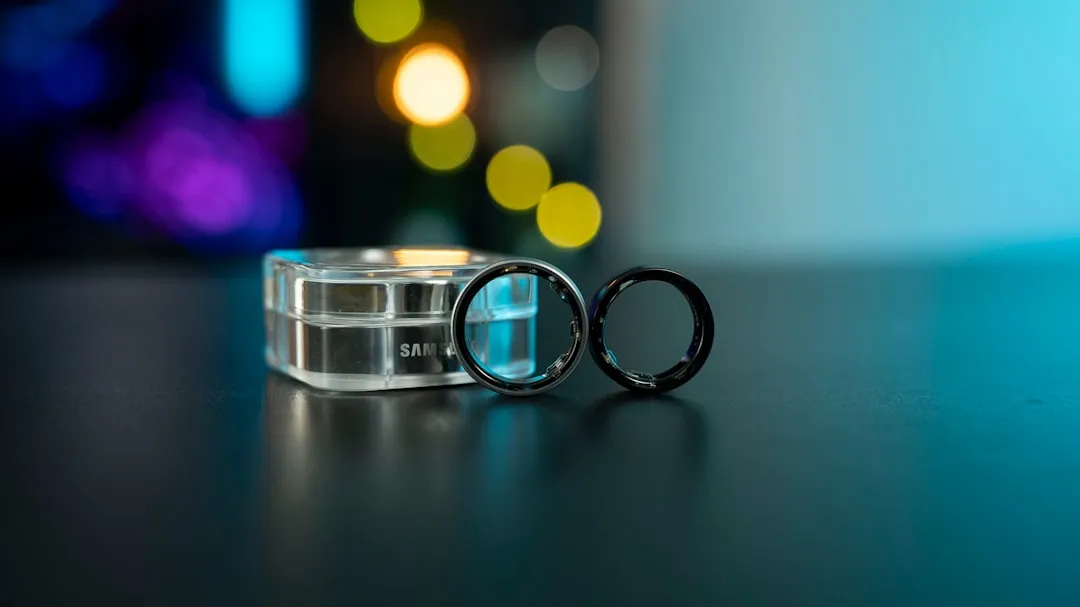
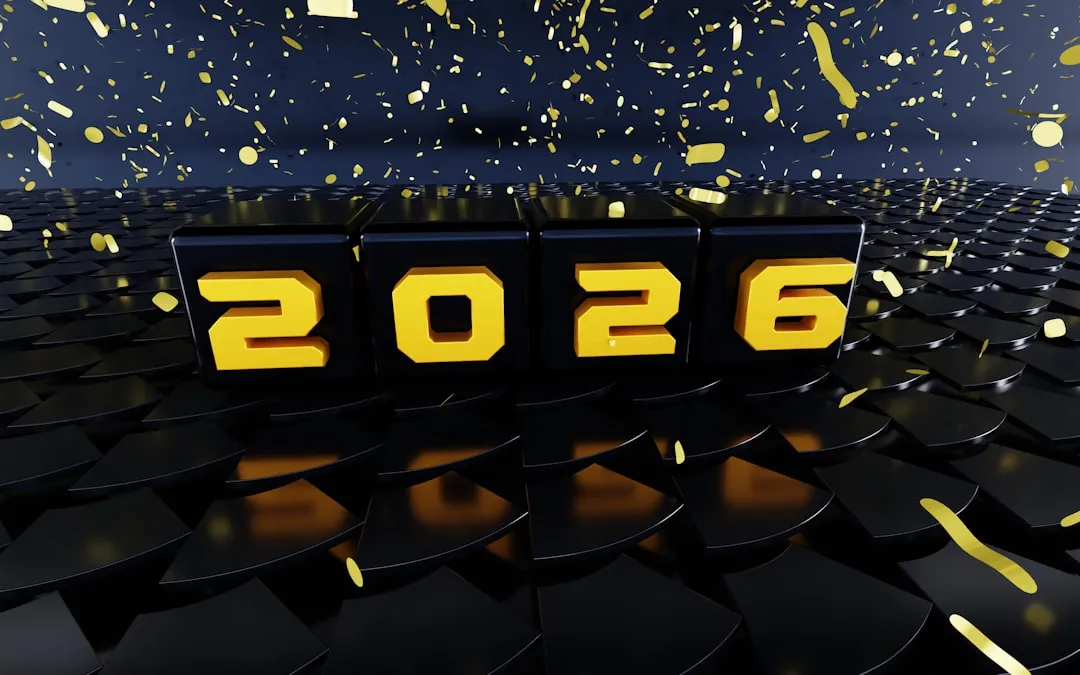
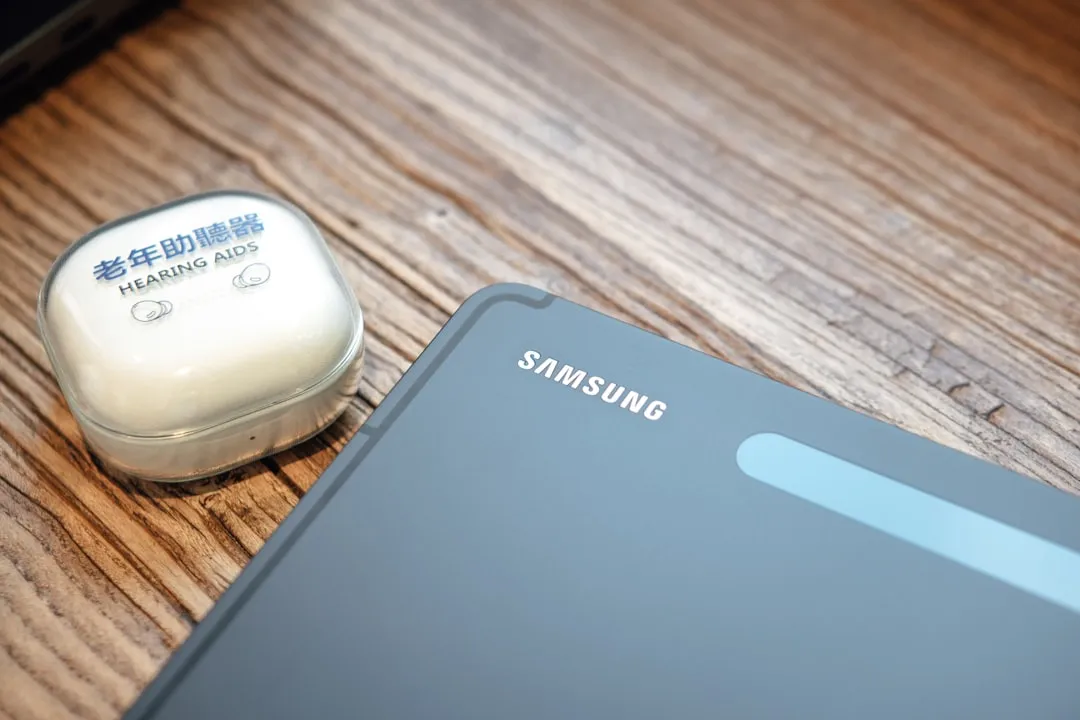
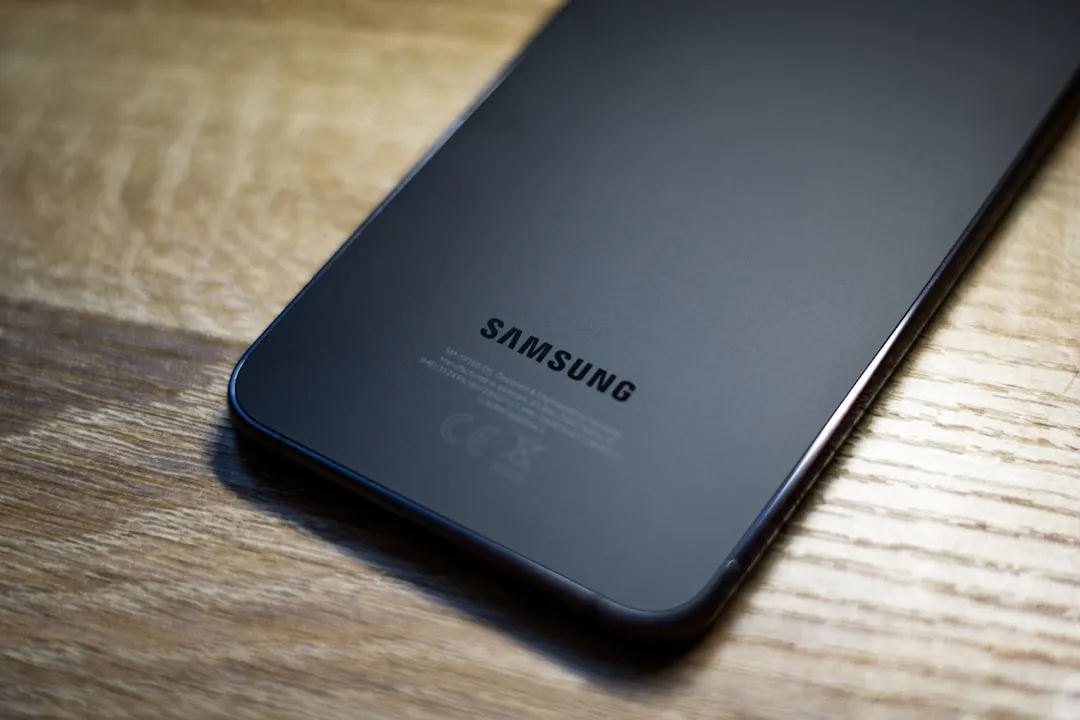

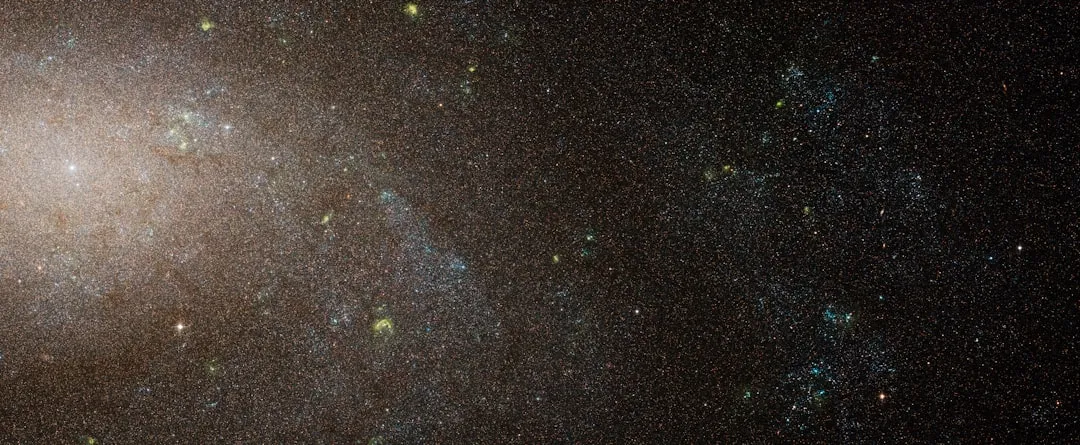

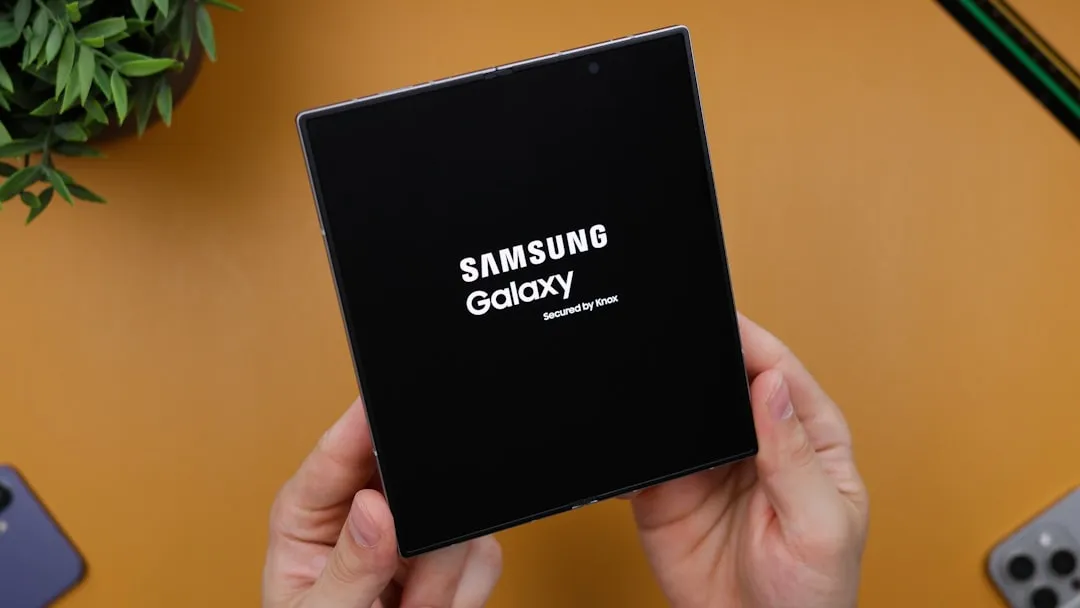
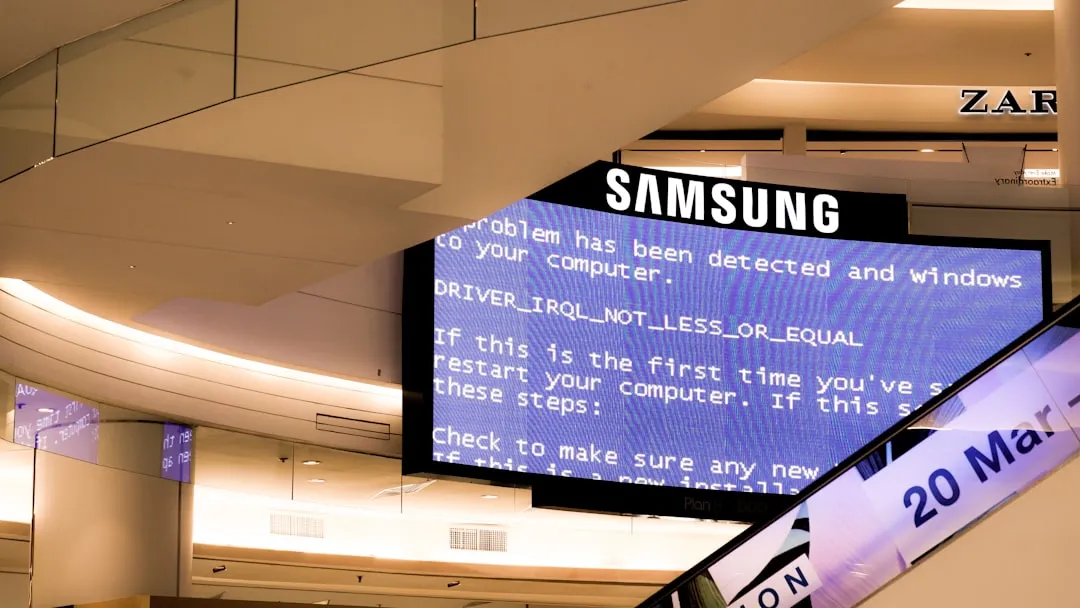
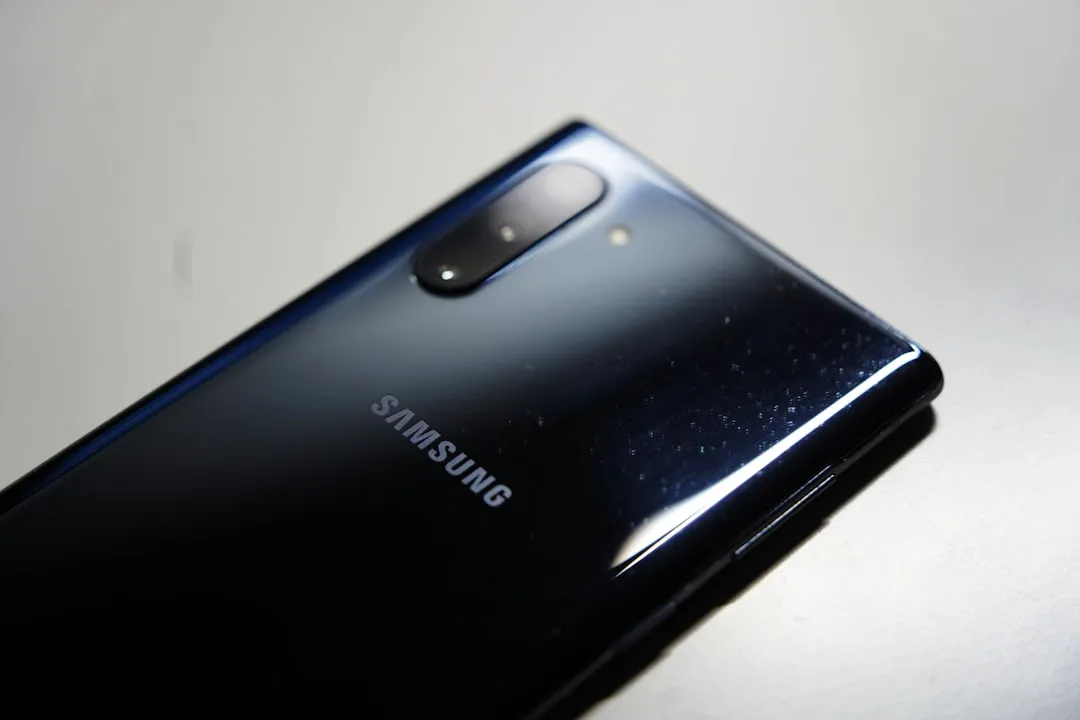
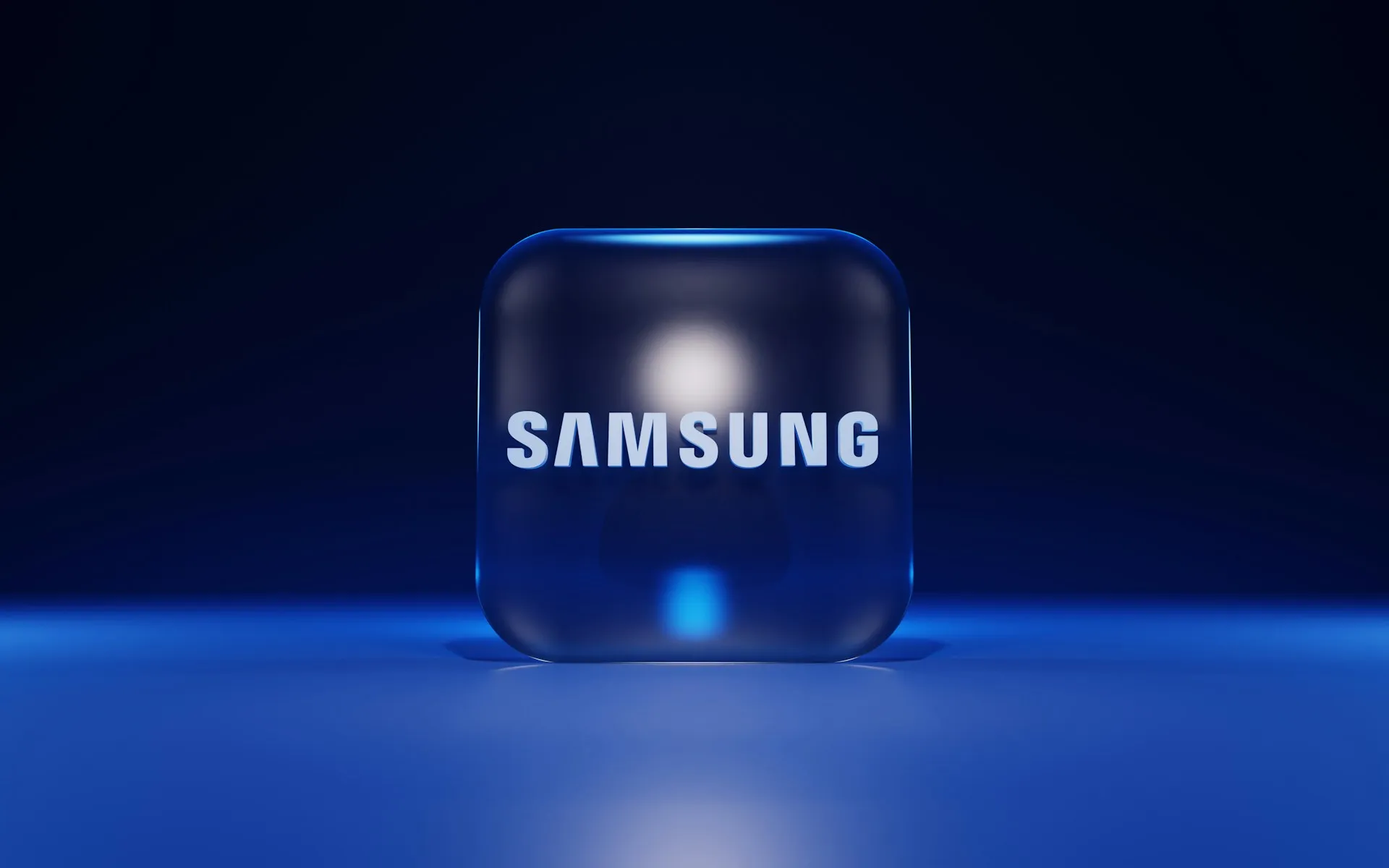
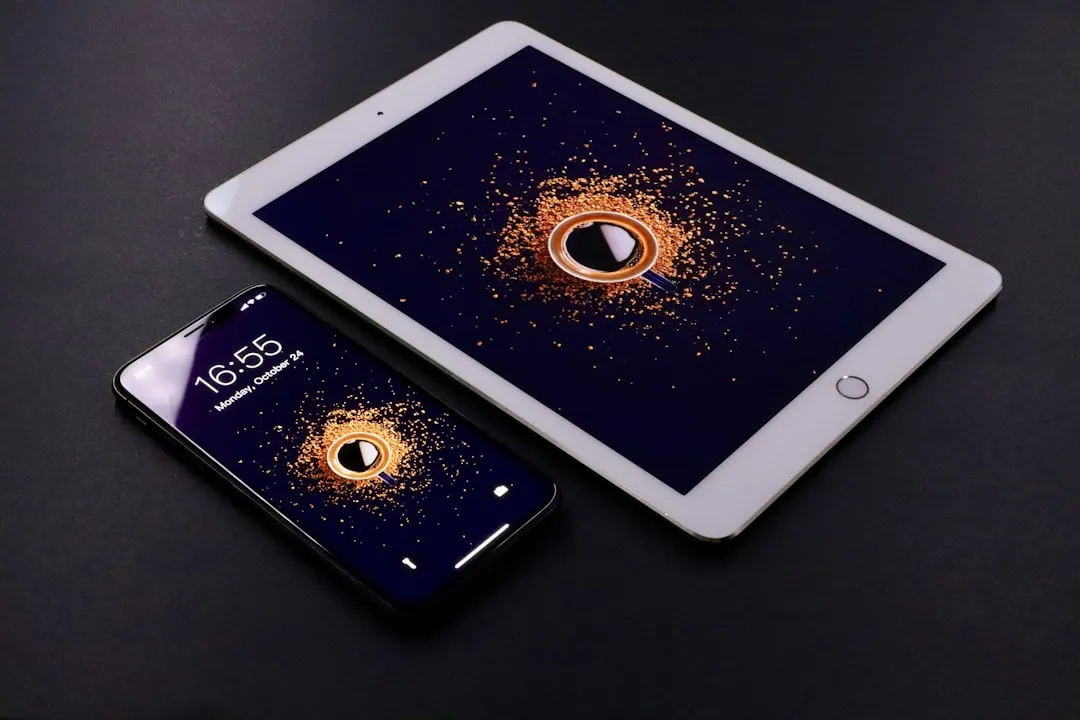
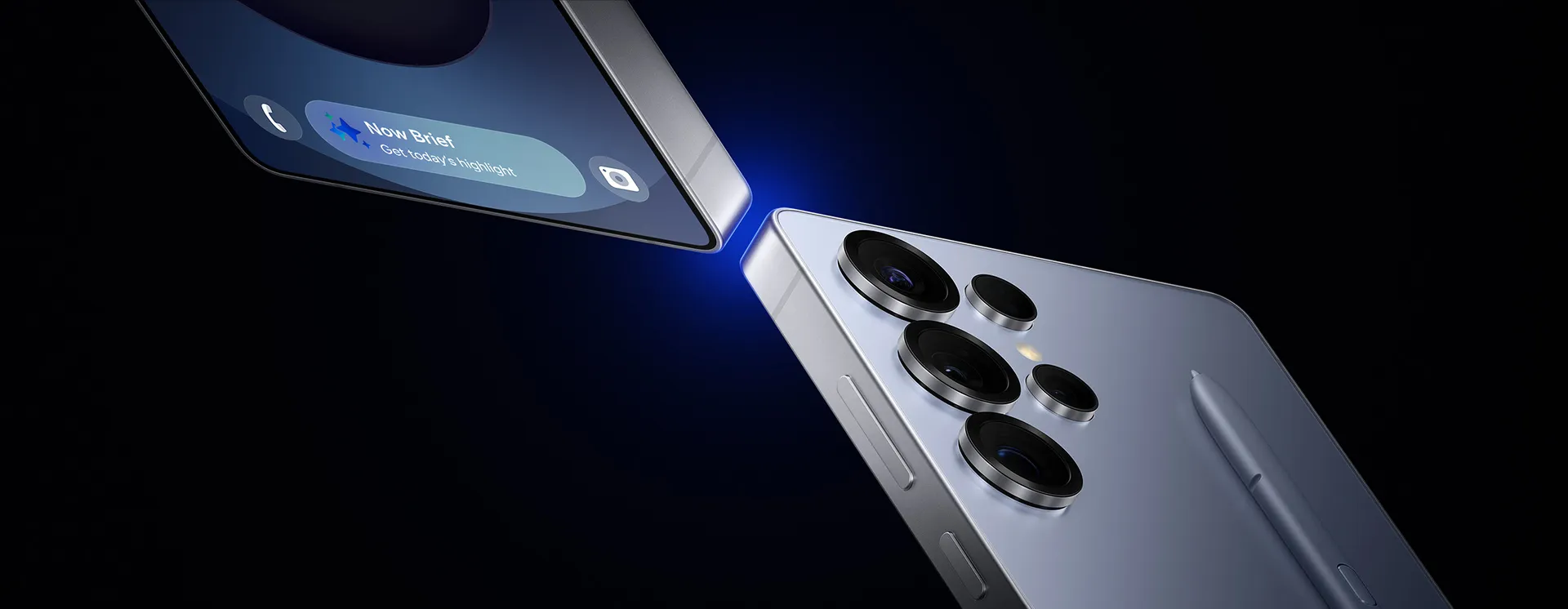

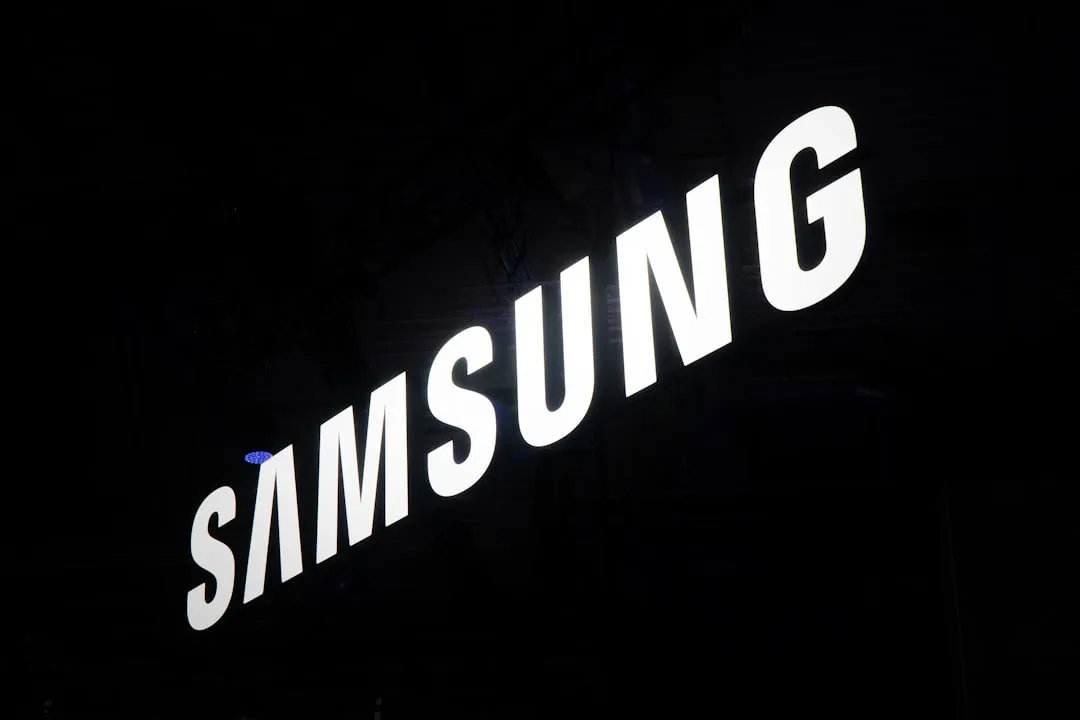
Comments
Be the first, drop a comment!